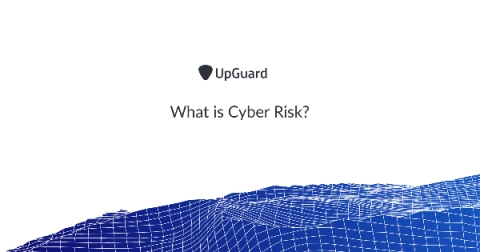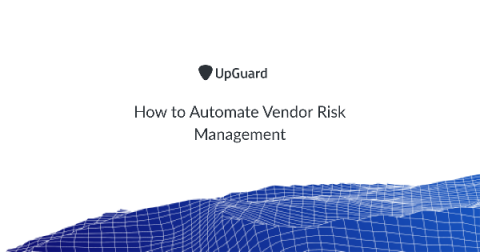What is Protected Health Information (PHI)?
Protected health information (PHI) is any information about health status, provision of health care or payment for health care that is created or collected by a covered entity, or their business associate, and can be linked to a specific individual. The Health Insurance Portability and Accountability Act of 1996 (HIPAA) requires covered entities to implement safeguards to ensure the confidentiality, integrity and availability of PHI.











